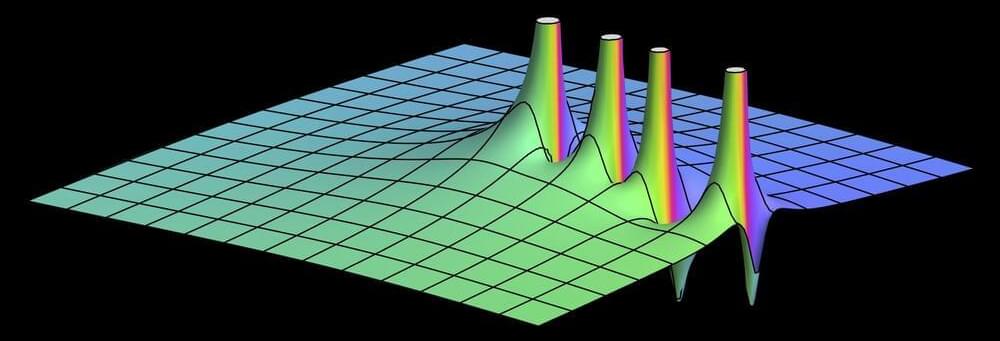‘’The Weak Gravity Conjecture holds that in a theory of quantum gravity, any gauge force must mediate interactions stronger than gravity for some particles. This statement has surprisingly deep and extensive connections to many different areas of physics and mathematics. Several variations on the basic conjecture have been proposed, including statements that are much stronger but are nonetheless satisfied by all known consistent quantum gravity theories. We review these relat… See more.
The Weak Gravity Conjecture holds that in a theory of quantum gravity, any.
Gauge force must mediate interactions stronger than gravity for some particles.
This statement has surprisingly deep and extensive connections to many.
different areas of physics and mathematics. Several variations on the basic.
conjecture have been proposed, including statements that are much stronger but.
Are nonetheless satisfied by all known consistent quantum gravity theories. We.
Review these related conjectures and the evidence for their validity in the.







